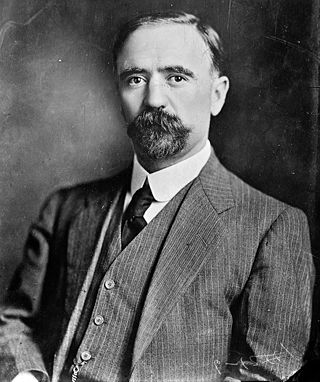
Francisco Ignacio Madero González was a Mexican businessman, revolutionary, writer and statesman, who served as the 37th president of Mexico from 1911 until he was deposed in a coup d'état in February 1913 and assassinated. He came to prominence as an advocate for democracy and as an opponent of President and de facto dictator Porfirio Díaz. After Díaz claimed to have won the fraudulent election of 1910 despite promising a return to democracy, Madero started the Mexican Revolution to oust Díaz. The Mexican revolution would continue until 1920, well after Madero and Díaz's deaths, with hundreds of thousands dead.

Samuel Alexander Mudd Sr. was an American physician who was imprisoned for conspiring with John Wilkes Booth concerning the assassination of Abraham Lincoln.

Father Damien or Saint Damien of Molokai or Saint Damien De Veuster, born Jozef De Veuster, was a Roman Catholic priest from Belgium and member of the Congregation of the Sacred Hearts of Jesus and Mary, a missionary religious institute. He was recognized for his ministry, which he led from 1873 until his death in 1889, in the Kingdom of Hawaiʻi to people with leprosy, who lived in government-mandated medical quarantine in a settlement on the Kalaupapa Peninsula of Molokaʻi.
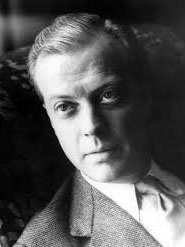
Eric Clifford Ambler OBE was an English author of thrillers, in particular spy novels, who introduced a new realism to the genre. Also working as a screenwriter, Ambler used the pseudonym Eliot Reed for books co-written with Charles Rodda.
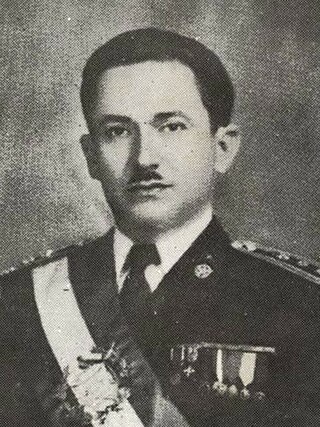
Carlos Castillo Armas was a Guatemalan military officer and politician who was the 28th president of Guatemala, serving from 1954 to 1957 after taking power in a coup d'état. A member of the right-wing National Liberation Movement (MLN) party, his authoritarian government was closely allied with the United States.
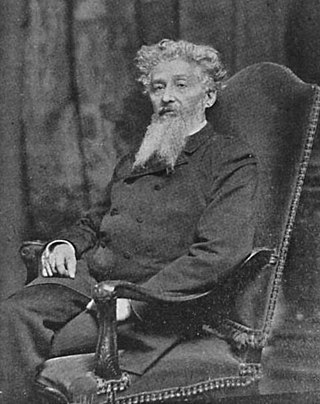
Ramón Emeterio Betances y Alacán was a Puerto Rican independence advocate and medical doctor. He was the primary instigator of the Grito de Lares revolt and designer of the Grito de Lares flag. Since the Grito galvanized a burgeoning nationalist movement among Puerto Ricans, Betances is also considered to be the father of the Puerto Rican independence movement and the ElPadre de la Patria . His charitable deeds for people in need, earned him the moniker of El Padre de los Pobres .

Grito de Lares, also referred to as the Lares revolt, the Lares rebellion, the Lares uprising, or the Lares revolution, was the first of two short-lived revolts against Spanish rule in Puerto Rico, staged by the Revolutionary Committee of Puerto Rico on September 23, 1868. Having been planned, organized, and launched in the mountainous western municipality of Lares, the revolt is known as the Grito de Lares . Three decades after rebelling in Lares, the revolutionary committee carried out a second unsuccessful revolt in the neighboring southwestern municipality of Yauco, known as the Intentona de Yauco(The Attempted Coup of Yauco). The Grito de Lares flag is recognized as the first flag of Puerto Rico.
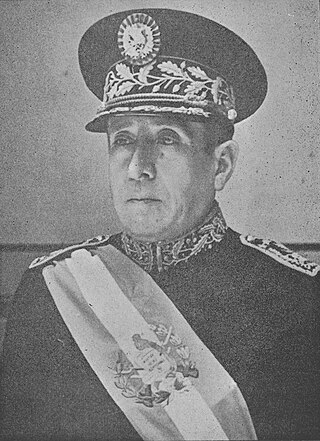
Juan Federico Ponce Vaides was the acting President of Guatemala from 4 July 1944 to 20 October 1944. He was overthrown by a popular uprising on 20 October 1944 that began the Guatemalan Revolution.

José Napoleón Duarte Fuentes was a Salvadoran politician who served as President of El Salvador from 1 June 1984 to 1 June 1989. He was mayor of San Salvador before running for president in 1972. He lost, but the election is widely viewed as fraudulent. Following a coup d'état in 1979, Duarte led the subsequent civil-military Junta from 1980 to 1982. He was then elected president in 1984, defeating ARENA party leader Roberto D'Aubuisson.
The SOAP note is a method of documentation employed by healthcare providers to write out notes in a patient's chart, along with other common formats, such as the admission note. Documenting patient encounters in the medical record is an integral part of practice workflow starting with appointment scheduling, patient check-in and exam, documentation of notes, check-out, rescheduling, and medical billing. Additionally, it serves as a general cognitive framework for physicians to follow as they assess their patients.

For much of his adult life, Charles Darwin's health was repeatedly compromised by an uncommon combination of symptoms, leaving him severely debilitated for long periods of time. However, in some ways, this may have helped his work, as Darwin himself wrote: "Even ill-health, though it has annihilated several years of my life, has saved me from the distractions of society and amusement."

The Plan of Ayala was a document drafted by revolutionary leader Emiliano Zapata during the Mexican Revolution. In it, Zapata denounced President Francisco Madero for his perceived betrayal of the revolutionary ideals embodied in Madero's Plan de San Luis Potosí, and set out his vision of land reform. The Plan was first proclaimed on November 28, 1911, in the town of Ayala, Morelos, and was later amended on June 19, 1914. The Plan of Ayala was a key document during the revolution and influenced land reform in Mexico during the 1920s and 1930s. It was the fundamental text of the Zapatistas.
Kunwar Pratap Singh Barhath, also known as ‘Kunwar Ji’, was an Indian anti-British activist known for his role in the revolutionary plot to assassinate the Viceroy of India, Charles Hardinge, in 1912. He was a prominent member of the Revolutionary Party led by Rash Behari Bose.
John Kingsley Lattimer, MD was a urologist who did extensive research on the Abraham Lincoln and John F. Kennedy assassinations, becoming the first medical specialist not affiliated with the United States government to examine the medical evidence related to Kennedy's assassination. Lattimer studied at Columbia University and became the urologist-in-chief of Presbyterian Hospital and chairman of the urology department at the College of Physicians and Surgeons of Columbia University for 25 years. He wrote 375 papers helping to establish pediatric urology as a field and is credited with developing a cure for renal tuberculosis.

Medical diagnosis is the process of determining which disease or condition explains a person's symptoms and signs. It is most often referred to as a diagnosis with the medical context being implicit. The information required for a diagnosis is typically collected from a history and physical examination of the person seeking medical care. Often, one or more diagnostic procedures, such as medical tests, are also done during the process. Sometimes the posthumous diagnosis is considered a kind of medical diagnosis.
The period in the history of Guatemala between the coups against Jorge Ubico in 1944 and Jacobo Árbenz in 1954 is known locally as the Revolution. It has also been called the Ten Years of Spring, highlighting the peak years of representative democracy in Guatemala from 1944 until the end of the civil war in 1996. It saw the implementation of social, political, and especially agrarian reforms that were influential across Latin America.
The Freemen of the South were belligerents in an 1839 rebellion in south Buenos Aires province, Argentina against Federalist Governor Juan Manuel de Rosas. A mixture of disgruntled ranchers and Unitarian revolutionaries, the Freemen briefly took control of Dolores, Chascomús and Tandil, and expected to join forces with General Juan Lavalle, who was to lead an army from Uruguay. The rebellion was ultimately defeated at the Battle of Chascomús, and Rosas remained in power in Buenos Aires.

When Breath Becomes Air is a non-fiction autobiographical book written by American neurosurgeon Paul Kalanithi. It is a memoir about his life and battling stage IV metastatic lung cancer. It was posthumously published by Random House on January 12, 2016.
The 1963 Dominican coup d'état was a coup d'état that took place on 25 September 1963 against President Juan Bosch in the Dominican Republic. Juan Bosch had been the first democratically elected president after the assassination of the former dictator Rafael Trujillo, but he faced criticism due to his policies, which were seen as leftist. This led to a coup that replaced his government with a military junta; which itself would be replaced with a civilian junta.

The Light of Day is a 1962 novel by Eric Ambler.














